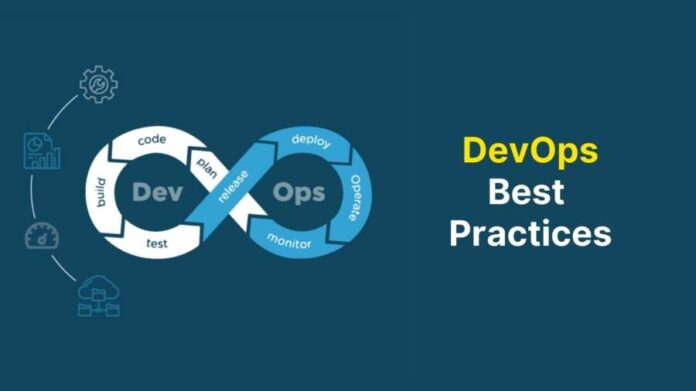DevOps has cemented its place in the global software development industry and is being adopted by an increasing number of businesses worldwide. It efficiently aids in settlement of certain issues and difficulties that may arise throughout a project.
For any team to identify what works best for them, the collection of tools, talents, and procedures needed to support the processes might differ greatly. As a result, the current focus is on how to apply DevOps concepts effectively to maximize business value rather than whether to embrace them.
DevOps Best Practices
Dynamic Project Management
Agile lets teams offer value to their clients more quickly and with fewer difficulties via an iterative approach to project management and software development. Instead of waiting for one big release date, agile teams prioritize producing work in smaller chunks. Continuous evaluation of requirements, plans, and outcomes enables teams to adjust courses as needed in response to input.
Give Customer Satisfaction A Priority
Whether you choose a comprehensive DevOps strategy or the conventional waterfall methodology, the objective is to satisfy your customers.
For instance, one of the main demands of contemporary SaaS consumers is the quick release of new capabilities. DevOps offers the ability to simplify the release procedure. Since the same people are handling code releases and writing new code, it is simpler to provide new features to clients more quickly. Seek help here: https://itoutposts.com/devops-implementation-services/
Encourage A Climate Of Cooperation And Open Communication
First and foremost, if you want this trip to be successful, you have to put a lot of effort into creating a culture where people can work together freely and without fear of failure. DevOps approaches are more likely to be adopted by groups and organizations that value traits like empathy and trust. Dismantle the barriers separating teams so they can collaborate to achieve a single objective and provide value to the business.
Use CI/CD
A fundamental DevOps best practice called continuous integration (CI) is used to incorporate code modifications made by several contributors into a single repository. CI enables developers to quickly integrate code updates and validate the code’s accuracy using automated tools.
A source code version control system is used to implement CI. The idea behind continuous integration (CI) is that it’s simpler to find mistakes and other quality problems in smaller bits of code than on a big codebase created over a long period.
By Constructing The Program With The Appropriate Tools
To swiftly produce high-quality software, organizations must use the appropriate DevOps technologies at each level of the DevOps lifecycle. The planning, building, continuous integration, deployment, monitoring, operational, and continuous feedback phases make up the DevOps lifecycle.
The DevOps toolchain makes it possible for the development and operations teams to work together successfully throughout the lifespan of an application. The toolchain may be altered to suit the needs of your team.
To Create A Beneficial Organizational Shift, Use Serverless Technologies
DevOps may be enabled by serverless architecture to reach its full potential. To satisfy the specific requirements of DevOps businesses, tools like AWS Lambda, Google Cloud Functions, Azure Functions, and Logic Apps are ideally suited for executing application code on serverless infrastructures.
The way software developers and operations teams collaborate will also alter as a result of this change in IT architecture. The role of DevOps changes when more operations and administration chores are taken on by the serverless provider, allowing teams to focus more on developing and delivering applications rather than managing infrastructure.
Compile Ongoing Feedback
Team members are guaranteed to have all the knowledge necessary to complete their tasks on schedule via continuous feedback. This means that any pipeline faults must be quickly reported to the team from the development standpoint. Additionally, it implies that the developers be given access to the clear, comprehensive findings of code testing as soon as feasible. The team is made aware of any production hiccups, performance issues, or reported problems from the product management viewpoint.
Conclusion
DevOps is a process that is always changing. Significant IT changes that directly advance business goals and objectives rely heavily on DevOps.
The dev and operations teams may work together more effectively to speed up the development process and enhance the performance and dependability of the product by putting the DevOps best practices outlined in this article into practice.
Read Also: Data Transformation 101: What Is It & How Does It Work?




































































